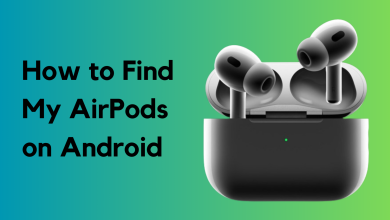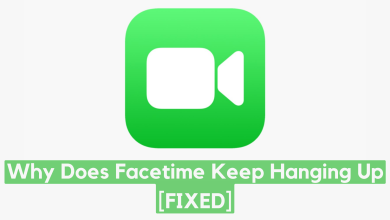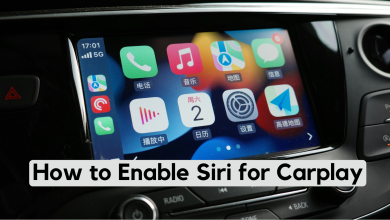8 Fixes for When One AirPod is Quieter Than the Other
In the world of modern audio technology, Apple’s AirPods have become one of the most recognizable options for users seeking convenience and great sound quality. However, a confusing issue that many people experience is when one AirPod is noticeably quieter than the other.
This imbalance in audio output not only disturbs your listening experience but also makes you wonder what the root cause could be.
Why is One AirPod Quieter Than the Other?
This guide will explore the most common reasons why your Apple AirPods may have an audio balance issue, along with step-by-step solutions to help restore equal sound between your two AirPods.
Low Battery
If your AirPods are experiencing low battery, you might find that one of the AirPods stops working or is quieter than the other. There are a few reasons one AirPod might lose charge faster, such as favoring one ear over the other or using one side’s microphone more frequently.
The AirPod you put in your ear first or use for phone calls and voice assistant tasks (like Siri) usually uses its microphone, so that side may run down more quickly.
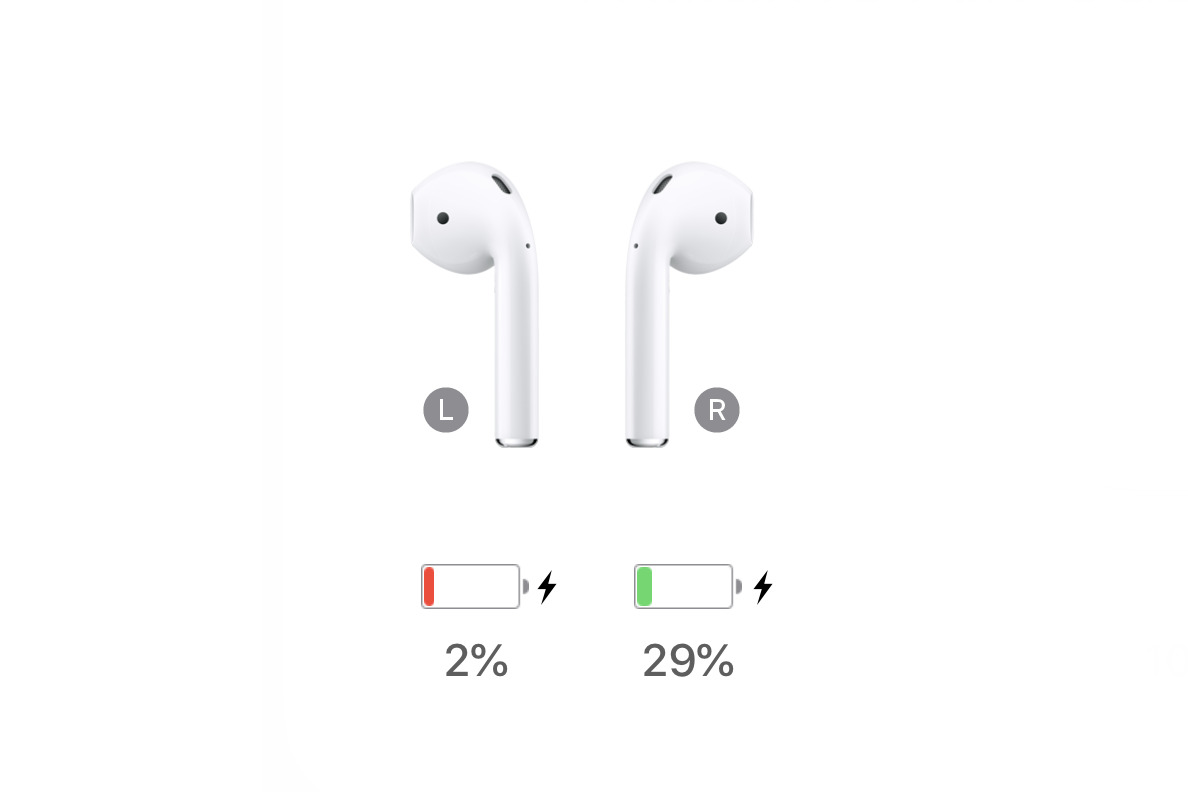
To fix this, try fully charging both AirPods. To ensure both have equal power, charge the case with a Lightning cable or a Qi-compatible charging pad. Here’s how to check their charging status:
- With Bluetooth enabled on your iPhone or iPad, open the charging case near your device. After a moment, you’ll see a pop-up showing the charge levels.
- On your Mac, open the charging case and click the Bluetooth icon in the menu bar. Hover over your AirPods to check their charge status.
- A charging AirPod will show an amber or orange light; if fully charged, the light will turn green.
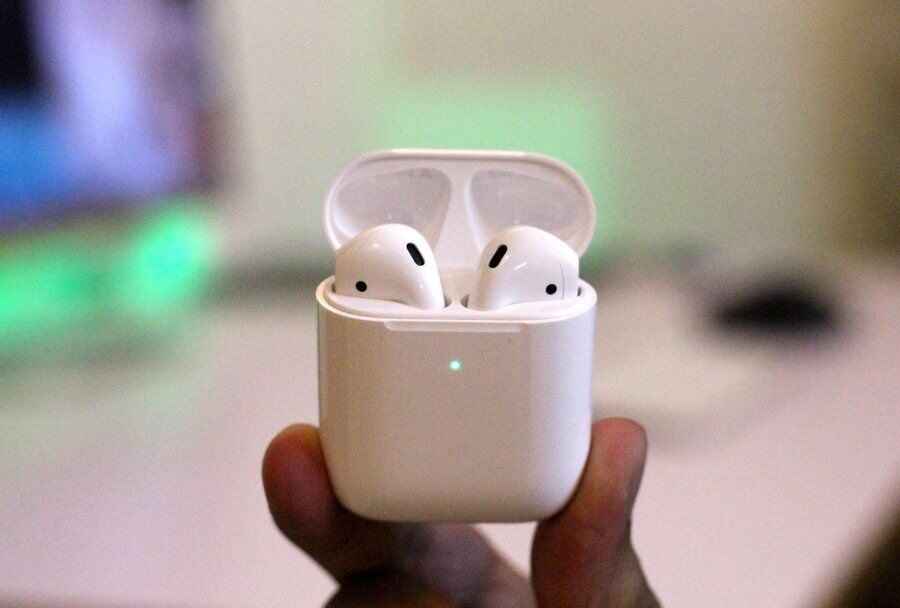
If your AirPod charging pattern is uneven, or one side continually loses charge quickly, the battery may be deteriorating, which is often due to long-term use.
If one AirPod will not charge or loses power rapidly, battery wear and tear is likely the cause. At this point, a battery replacement or contacting Apple Support might be necessary.
Stereo Balance
Many AirPods users don’t realize their Apple devices let them adjust volume separately for the left and right AirPods. The Stereo Balance setting is often used to help people with hearing differences in each ear, but if it’s accidentally changed, your music may sound like it’s only coming from one side.
If the volume is low on one side, it could be you or someone else accidentally shifted the stereo balance slider. This can lead to one AirPod being quieter or the sound coming entirely from just one side.
If your right or left AirPod is quieter, double-check this setting. Luckily, fixing it is simple. Here’s how to adjust the stereo balance on iPhone or Mac:
Adjust Stereo Balance on iPhone
- Open Settings and go to Accessibility.
Adjust Stereo Balance on Mac
- Open the System Preferences. Go to Sound and select the Output tab.
Software Updates
Sometimes, AirPods can have trouble if they aren’t fully compatible with your current version of iOS or macOS. Keeping your phone or device software up to date can resolve these issues and help your AirPods work optimally.
To check for software updates on your iPhone or iPad:
- Go to Settings > General > Software Update on your iPhone or iPad.
- If an update is available, you’ll see a message about a new iOS version.
For best results, make sure your AirPods are charged and connected to your device during the update, to make sure everything syncs properly.
Dirty AirPods
Dirt, dust, or lint can easily collect in the small crevices of AirPods, causing a range of problems. Not only can this make your voice sound muffled during calls, but it can also interfere with Bluetooth sensors and even block charging connections.
If dirt blocks the charging pins or the Lightning connector, your AirPods may not charge correctly and can also affect sound quality.
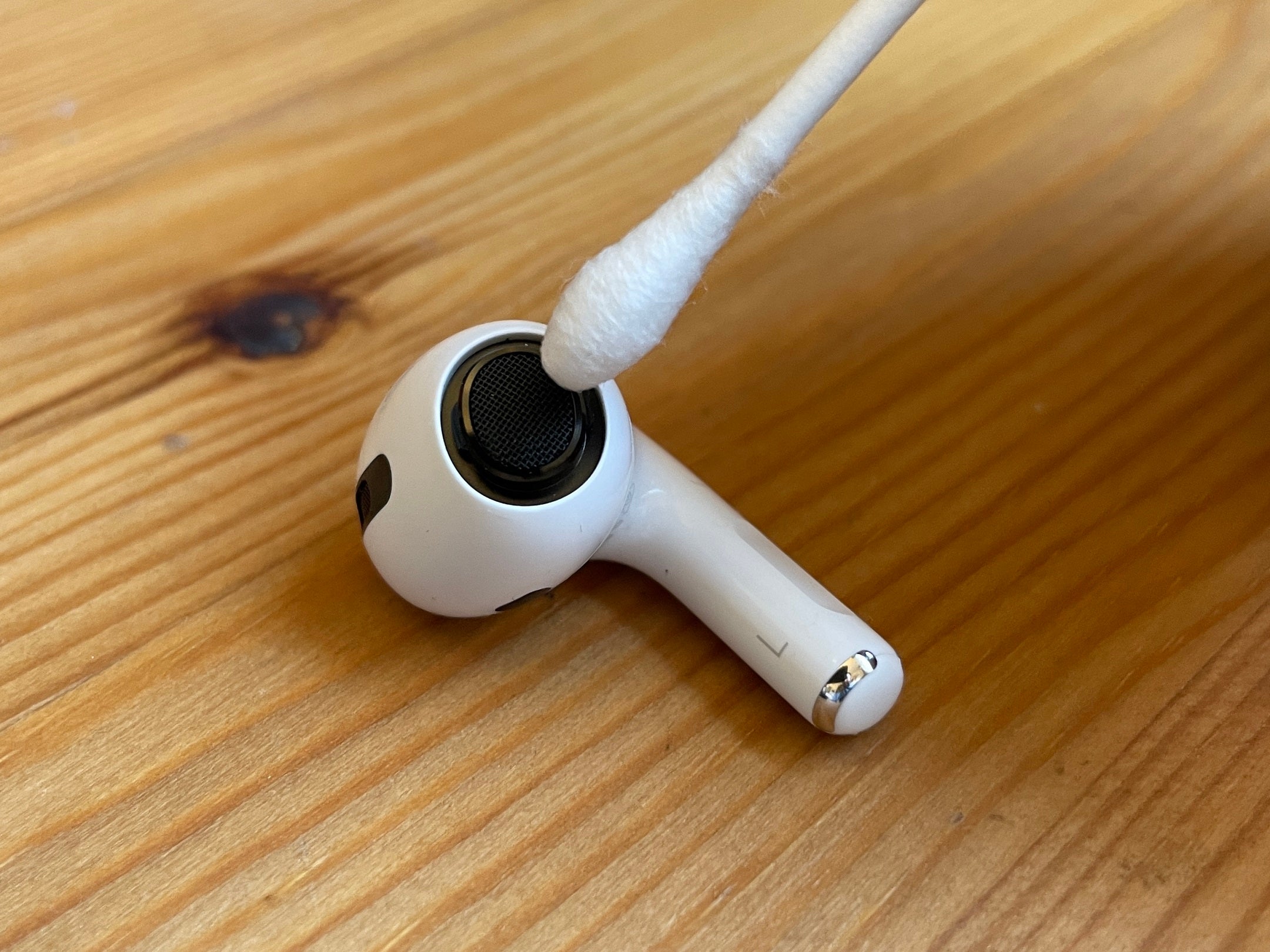
The good news is it’s simple to clean your AirPods safely. Here’s how:
- Dab a cotton swab with a bit of rubbing alcohol and gently clean the microphone and speaker meshes to remove built-up dirt or debris.
- For debris stuck in crevices, gently use a toothpick to lift it out.
- Use a clean cotton ball to gently wipe the tips of the AirPod stems, especially around the charging pins.
- Clean the charging pins inside the charging case with a cotton swab and a touch of rubbing alcohol.
- Finish by wiping down all surfaces with a soft, lint-free cloth and let everything dry before placing your AirPods back in the case.
If stubborn debris like earwax remains, try this additional tip:
- Place a clean towel over the AirPods’ speaker mesh.
- Insert the AirPods into the towel so only the mesh is covered.
- Take a few strong breaths through the towel to help push air through the mesh and loosen earwax.
- Afterward, wipe off any debris and repeat as needed.
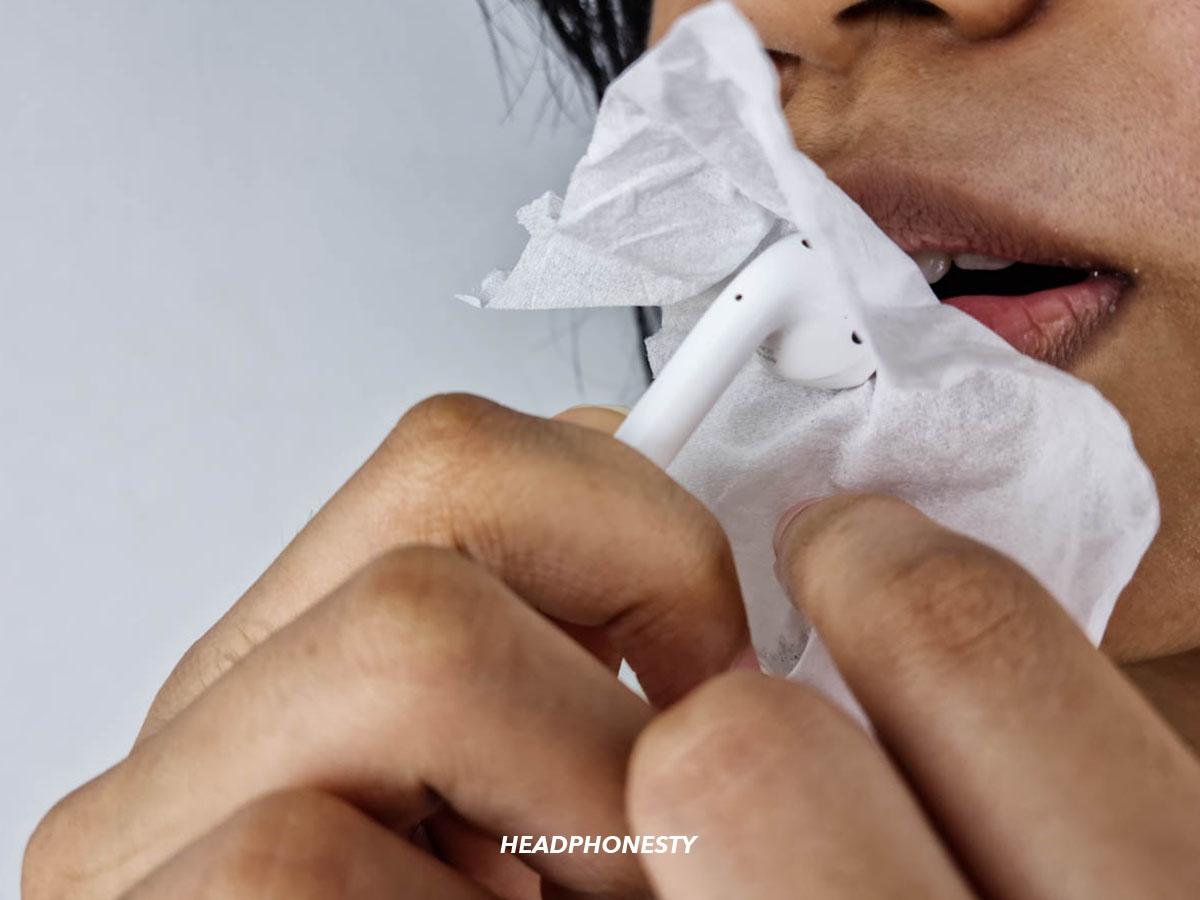
Once you’ve cleaned your AirPods, test to confirm the volume is now even on both sides.
Hardware Reset
Glitches in how your AirPods connect or play sound can sometimes be fixed with a reset. Resetting your AirPods can resolve connectivity problems and sound issues by restoring them to factory settings. Here’s how to reset your AirPods:
- Make sure Bluetooth is enabled on your device: Go to Settings > Bluetooth.
If resetting doesn’t fix the issue, reconnect your AirPods by opening the lid near your iOS device and following the instructions on screen.
Audio File Problem
Most music and audio today is mixed in stereo, so sounds are intentionally placed on the left, right, or center channels to create a richer listening experience. Sometimes, songs or audio tracks are intentionally mixed so that certain sounds are louder on one side than the other—a technique called Audio Panning.
If you notice sound is unbalanced on more than just your AirPods—for example, when you switch to other headphones or listen on speakers—the issue may be with the audio file itself, not your AirPods. Switching to Mono Mode can help you see if the imbalance comes from the file.
To force your AirPods to play all audio in mono (same in both ears) on iOS:
- Open Settings and go to Accessibility.
Ear Tip Fit Test
The Ear Tip Fit Test (available on AirPods Pro) checks if your ear tips make a proper seal in your ears, which is necessary for great sound quality and the best noise cancellation.
If the seal isn’t good, sound may leak out, reducing noise cancellation and making music seem quieter. Running this test helps ensure you use the right ear tip size and get the most from your AirPods Pro. Here’s how to use it:
- Insert your AirPods Pro securely. Go to Bluetooth settings on your iPhone. Find your AirPods Pro, tap the info (i) icon, and look for the Ear Tip Fit Test option.
If the fit isn’t good for one or both AirPods, try a different ear tip size. A proper fit ensures better sound quality and helps balance volume in both ears.
Doing the Ear Tip Fit Test ensures you get the most out of AirPods Pro noise cancellation and reduces outside noise, making your AirPods clearer and possibly preventing one side from being quieter than the other.
The Ear Tip Fit Test is for AirPods Pro only—it doesn’t apply to standard AirPods.
Damaged Hardware
If none of the above steps solve your problem, it’s possible you have a hardware issue with one AirPod. Accidental drops, water exposure, or just an internal fault can damage the tiny components inside, like the speaker driver or amplifier.
When damaged, your AirPod may show uneven volume, crackling, or barely any sound. Sometimes there’s visible damage (like cracks), but often, the problem is internal and not easy to see.
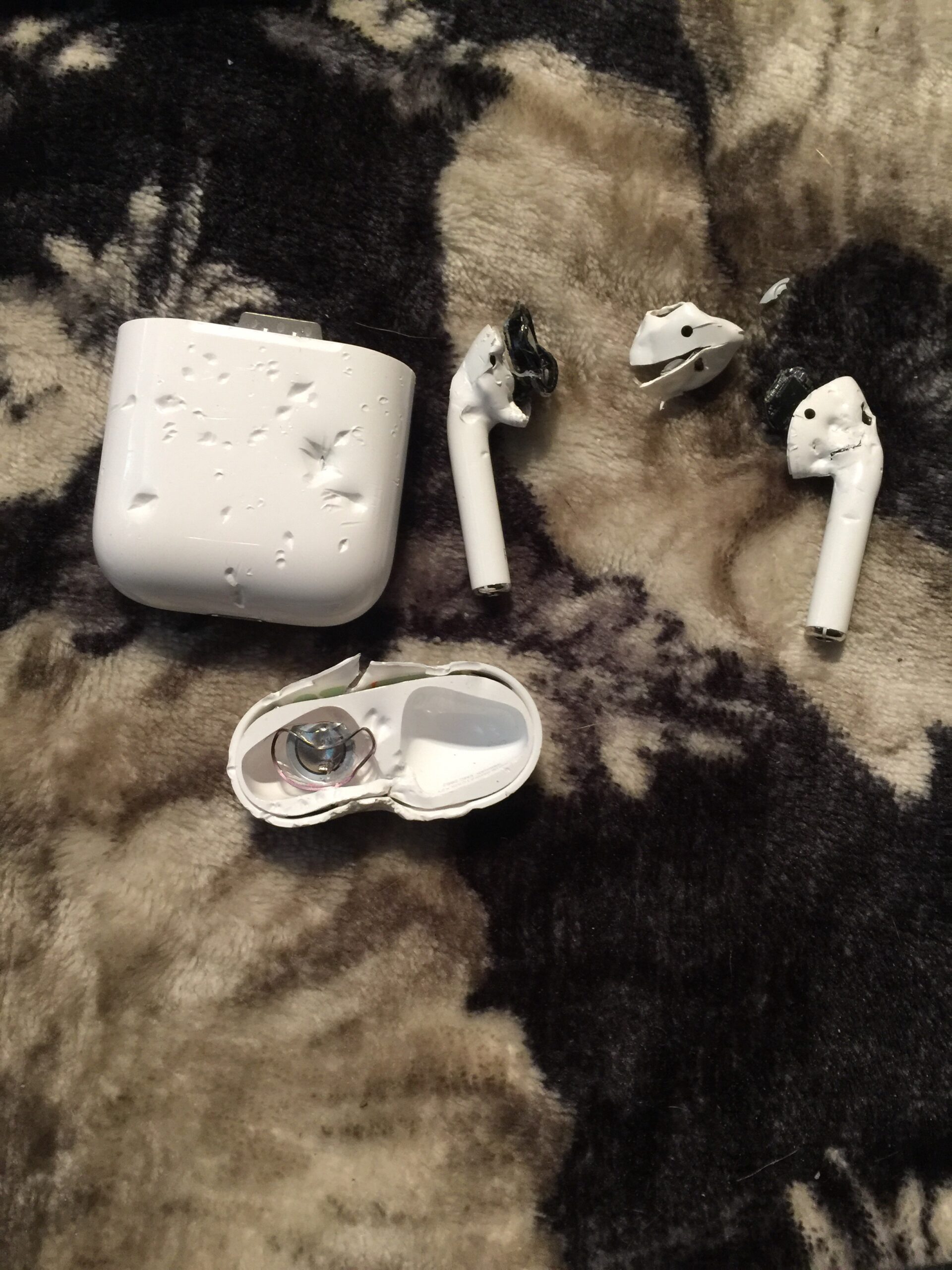
The best course of action is to contact Apple Support. If your AirPods are still under warranty, they may be repaired or replaced at no extra cost, depending on the situation.
Outside of warranty, repair costs can be high, and it may be more cost-effective to purchase a new pair of AirPods rather than repair the damaged one.
An Unorthodox Approach: Hearing Problem
One thing that’s often overlooked is the possibility that your AirPods aren’t the problem—your hearing might be! Some people have different hearing ability in each ear, and this can make it seem like one AirPod is always quieter.
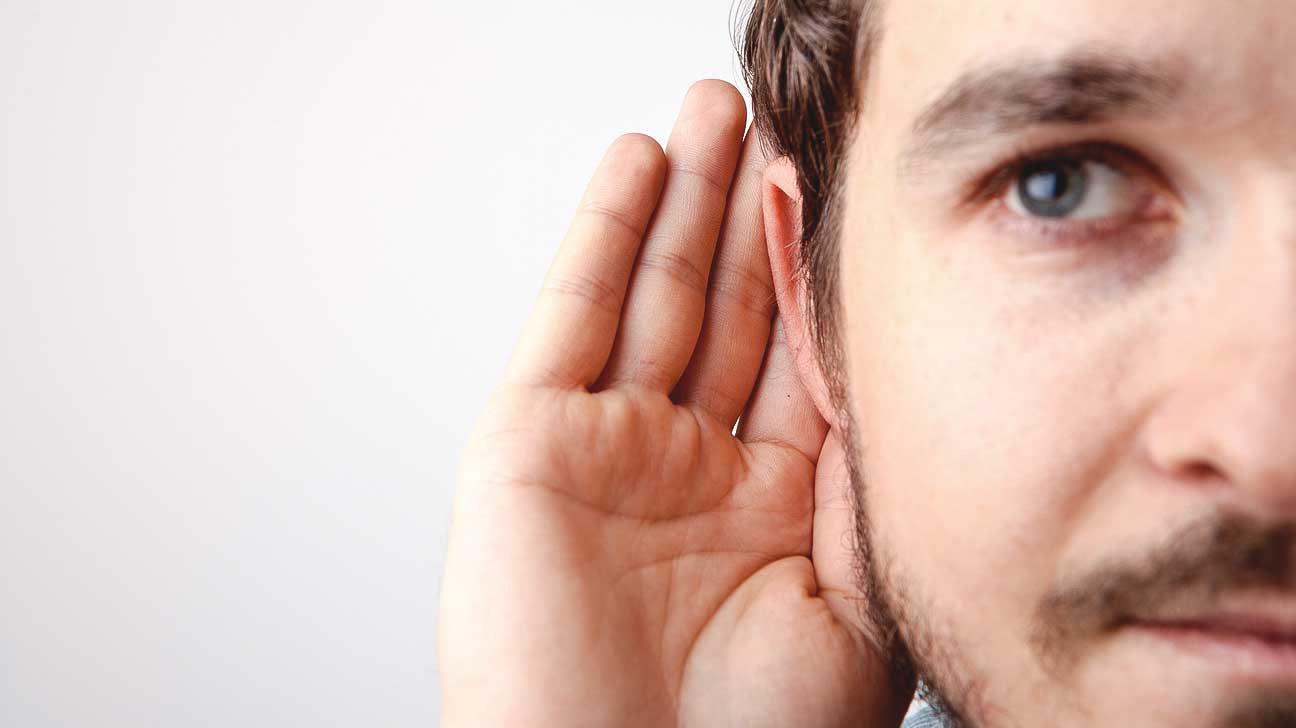
Hearing loss or sensitivity differences are common, and it’s possible for one ear to perceive sound as quieter without any issue with your AirPods. If you’ve tried all technical solutions or notice this issue with other headphones, it might be worth scheduling a hearing test with a hearing professional.
Conditions like unilateral hearing loss or asymmetrical hearing loss (meaning one ear hears better than the other) can make music or phone calls sound unbalanced. If this is the cause, an Otolaryngologist (ear doctor) can discuss options like hearing aids that may help.
 Reviewed by
Reviewed by 
